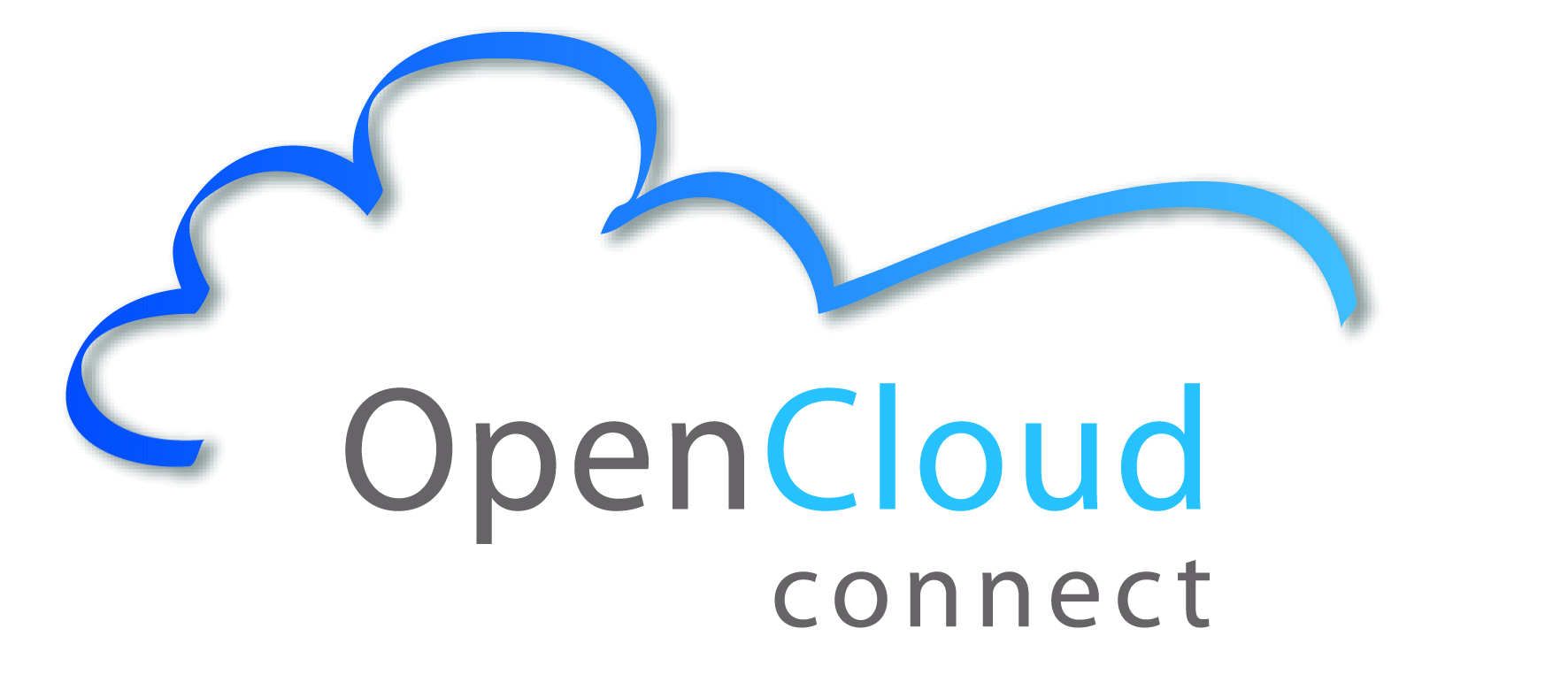“In a second we’ll know for sure…” Whipping out this Sony Xperia Z5 Premium, Bond fixed his gaze on the blonde in the Bugatti: did he note a flicker of fear in those cool grey eyes? He glanced at the screen, frowned, waved the phone around over his head a few times then muttered: “I say… would you mind awfully if we moved uphill for better reception?”
Not a very likely scenario. You can safely bet that no cool action hero would ever be let down by technology during those key moments of cool action. Yet hardly surprising when you consider the high price paid for positive product placement by prestige brands. Apparently Heineken’s US division forked out around $45 million to have James Bond sup their amber nectar during Skyfall – neither shaken nor stirred, we hope. The production budget for Tomorrow Never Dies was around $100 million, and it was covered one hundred per cent by brand tie-ins including BMW, Avis and l’Oreal, says James Walker.
Spending a headline-grabbing fortune to build and maintain something as apparently tenuous as a company or product brand is taken for granted – but how much are people prepared to invest in the longer term to protect that precious brand from erosion or failure? The answer is “plenty
IoT – the mobile opportunities and risks
The emerging Internet of Things (IoT) promises a whole new world of promotional opportunities – from wearable tech, through utility monitoring to prestige connected supercars – but it could also become a graveyard for broken reputations. The very best product or service might turn out to be a commercial failure and ruin a company’s reputation, not because of bad design or poor manufacture, but simply because of connectivity issues with different networks.
Solid branding needs seamless service
An equipment manufacturer developing a smart meter that will be deployed across millions of homes might justify setting up a special department to liaise with all the different network operators and technologies that could be used to connect the meters, in order to ensure seamless as well as secure service for every home. But what about a clothing manufacturer that decides to cloud connect their premium hiking boots to provide integrated pedometer and location tracking features? Would it be worth all the effort needed to ensure seamless worldwide connection to so many mobile providers and GNSS systems?
What is needed is industry wide standardisation of connectivity to bring all the diverse connection technologies and methodologies, proprietary APIs and service definitions into line. That hiking boot would be a realistic business opportunity if the manufacturer could rely on recognised standard communication specifications. Even the meter manufacturer would benefit from lower costs and faster time to market in an open cloud connection environment.
There is an organisation that is working to create just such an environment. OpenCloud Connect (OCC) is an industry organisation made up of cloud service providers, network service providers, equipment manufacturers, system integrators and software developers that are collaborating on open standards development for cloud services. Their aim is to accelerate the use of standardised, open interfaces to make cloud services easier, faster, more secure, and affordable to deploy and manage. These are just the sort of standards that will also serve to accelerate the development of a workable, secure and seamless Internet of Things.
An important part of OCC’s drive is the number of cloud users also collaborating on the project: the real aim is to create the cloud environment that everyone will want, use and benefit from. Any company planning a major IoT push should have their say as part of this project, because reliable standards are the key to faster development and roll-out of consistent, reliable, secure and compliant products and services on the IoT.
For the company’s brand, it could be make or break.
The author of this blog is James Walker, president, OpenCloud Connect (OCC).
About the author:
As vice president, Managed Network Services for Tata Communications, James Walker is responsible for leading the company’s VPN line of business – covering enterprise and wholesale Ethernet, MPLS, managed IPSec and data centre interconnect services.
Following the company’s migration from Ethernet over SDH to native Ethernet over PBB, James became increasingly aware of the gap between data centre clients’ love of Ethernet’s simplicity and scalability, and the growing challenges to Ethernet on the cloud scale. Discussion of these issues with industry leaders lead James to launch OpenCloud Connect (OCC) in May 2013.
James brings to the OCC over two decades’ experience in the telecommunications and IP space. He currently leads the strategy, management and development of the Tata Communications VPN portfolio which covers more than 3,000 Ethernet access nodes in over 60 countries, direct MPLS services to 100 countries and managed extended access and network integration offerings in more than 190 countries.
James’ previous experience includes Head of Access and Professional Services at BT Wholesale, where he was responsible for access cost reductions for data products, the development of the 21CN Ethernet and MSIL products, and the promotion of BT Professional Services to wholesale customers. Earlier positions include: seven years at Cable & Wireless in various positions, finally managing the wholesale data portfolio globally; and senior positions with Telstra, Sun Microsystems Professional Services, and several internet startup companies in North America and Australia.
Comment on this article below or via Twitter: @IoTNow_ OR @jcIoTnow










